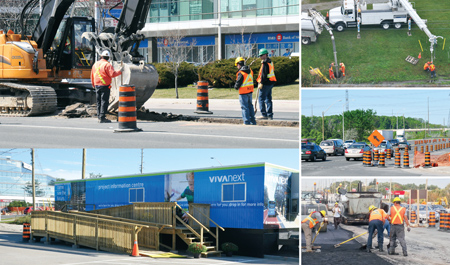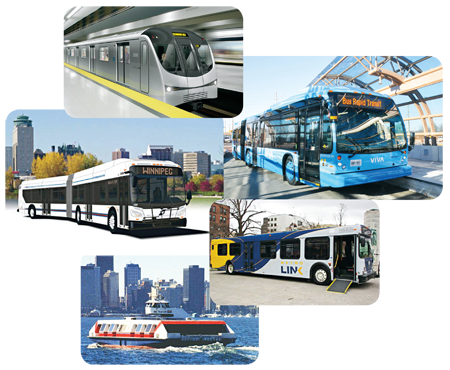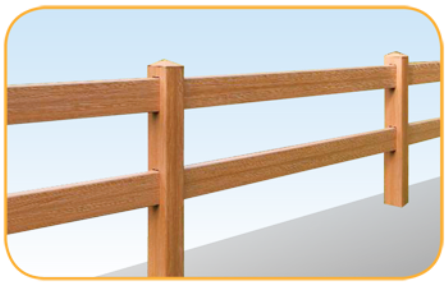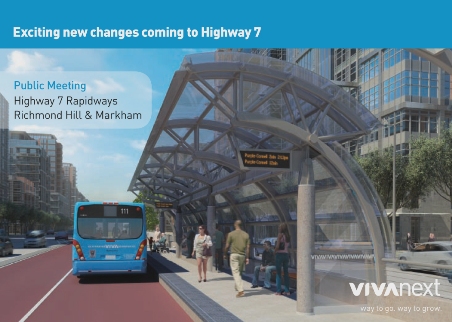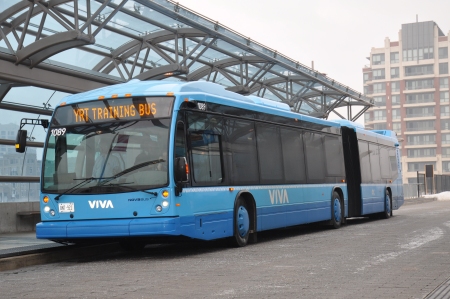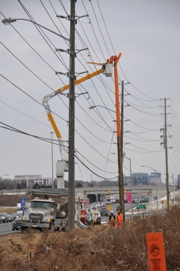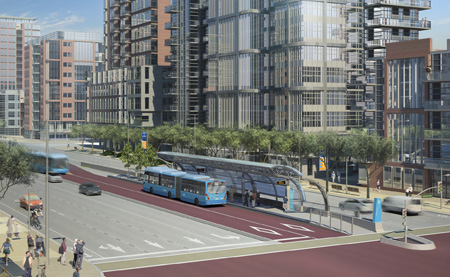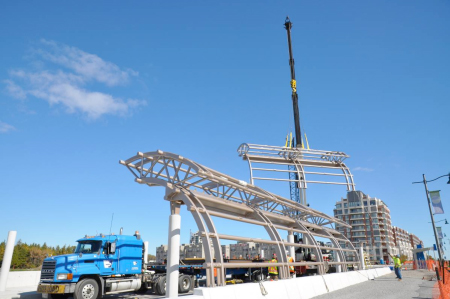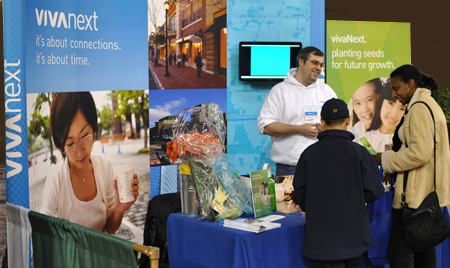If you’ve travelled along Highway 7 between Bayview and Warden during 2011, you’ll agree that construction has been underway for most of this year. The Highway 7 East rapidway project has firm timelines, and our contractors have been working hard to stay on schedule.
Earlier in the year, we removed the median from the centre of the road, installed a new watermain and started to relocate the utilities. Recently we’ve been installing landscape irrigation systems and continuing to relocate utilities. The construction between Bayview and Warden is part of a segment of rapidway that will connect to Warden Station, the first fully-built rapid transit vivastation, that opened for service in March, 2011.
We’re just finishing up widening Highway 7 on both sides between Bayview and Highway 404, and we have important changes to traffic patterns at intersections for both drivers and pedestrians. These changes are part of the next phase of construction, providing workers enough room to build the rapidway, and platforms and canopies of rapid transit stations.
Starting next week at the intersections of West Beaver Creek Road, Leslie Street, and East Beaver Creek Road, a dedicated left-turn signal is being added. This new signal will enable drivers to turn left and make U-turns only when no other traffic is moving. Left turns will no longer be permitted when oncoming traffic has the green light.
Wider roads mean wider intersections, so a two-stage pedestrian crossing will also be added. Pedestrians walking at a normal pace will cross to the centre island and wait for the next signal before reaching the other side. Once the rapidway is complete, this centre island is also where Viva passengers will be able to access a rapid transit station.
This has been an exciting beginning to an overall transformation of the corridor which will help shape our growing community for generations. We have many new goals to look forward to in 2012, and as we pass each milestone, the rapid transit network and welcoming streetscape will take shape.

